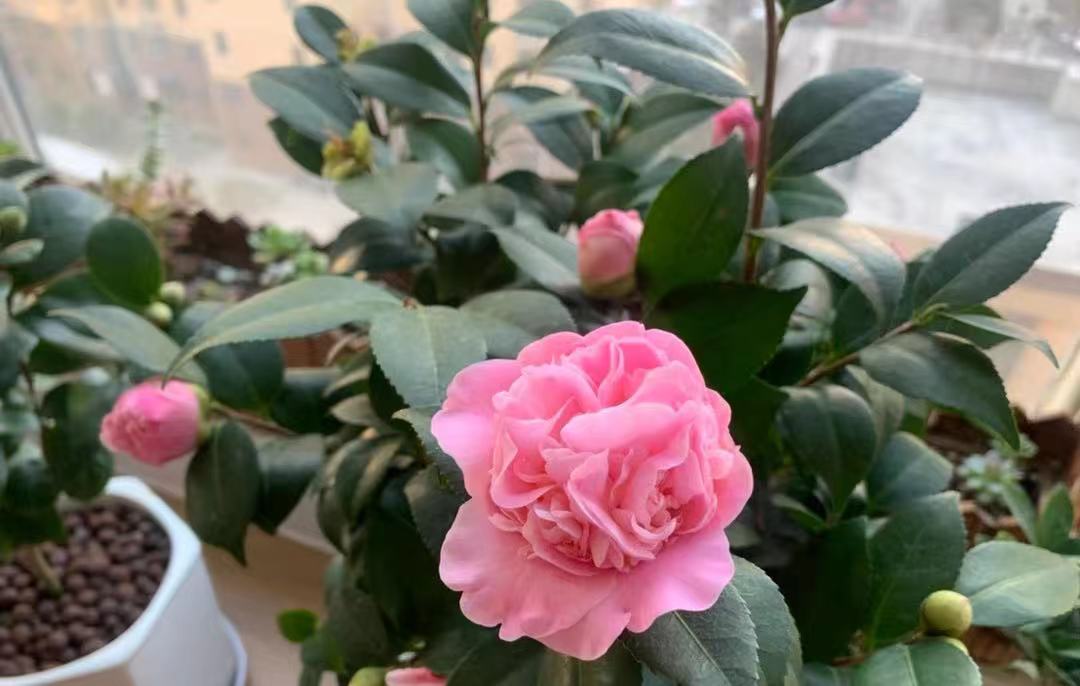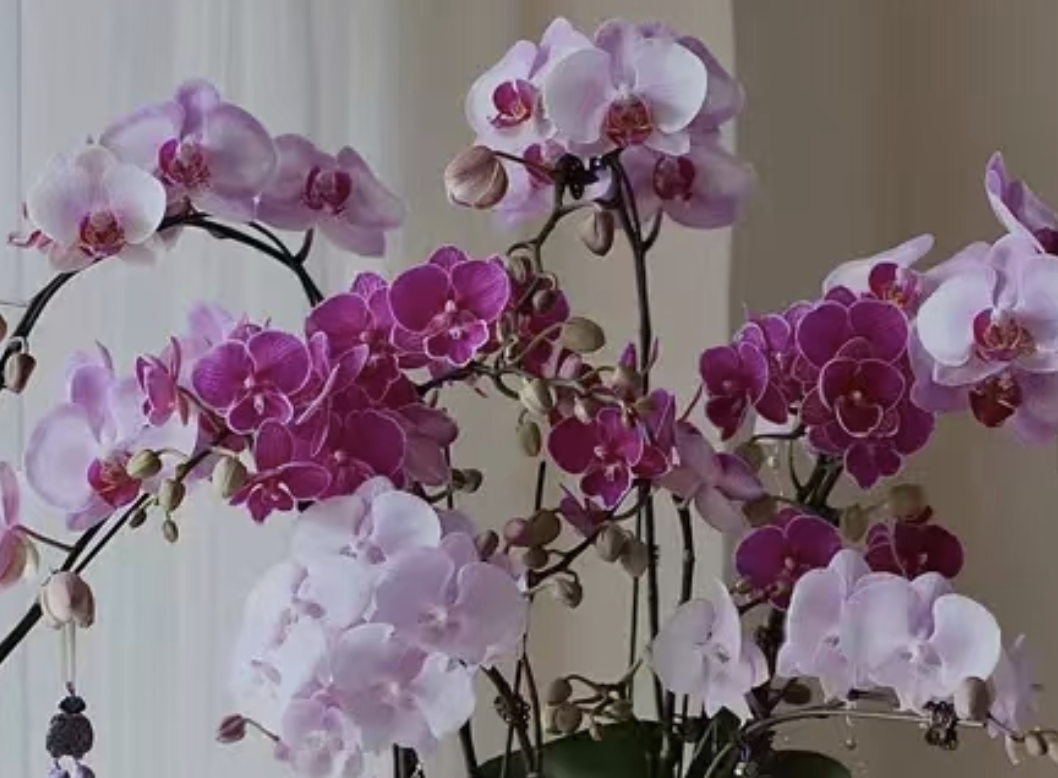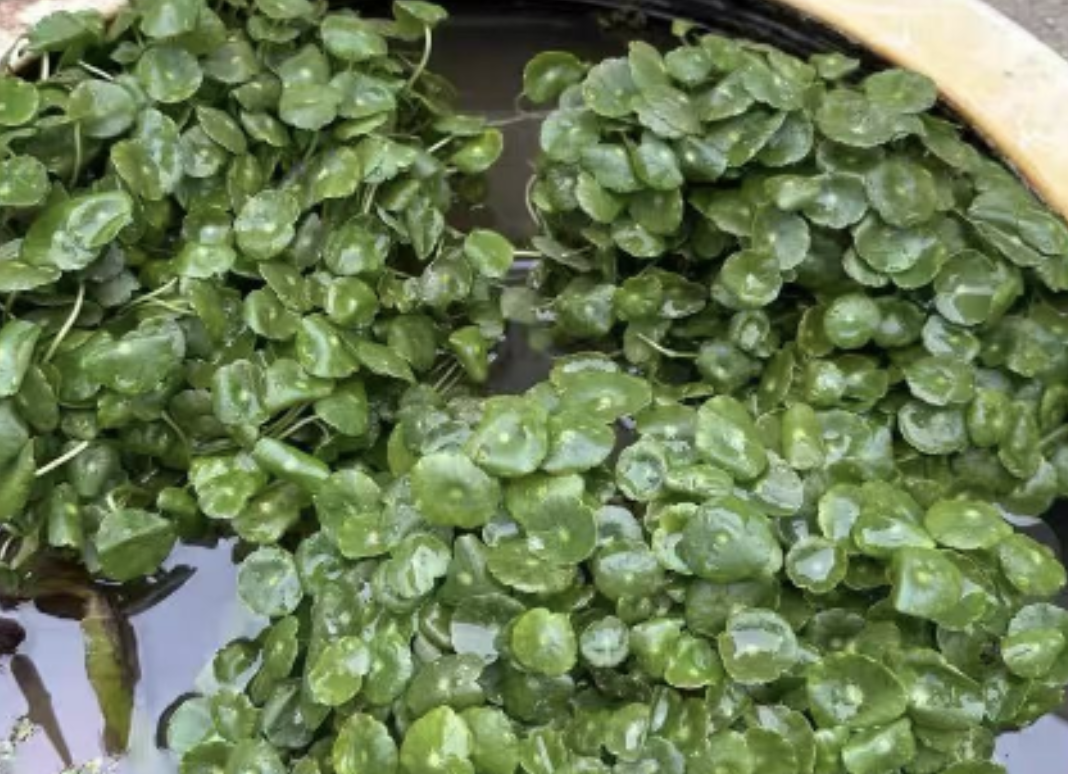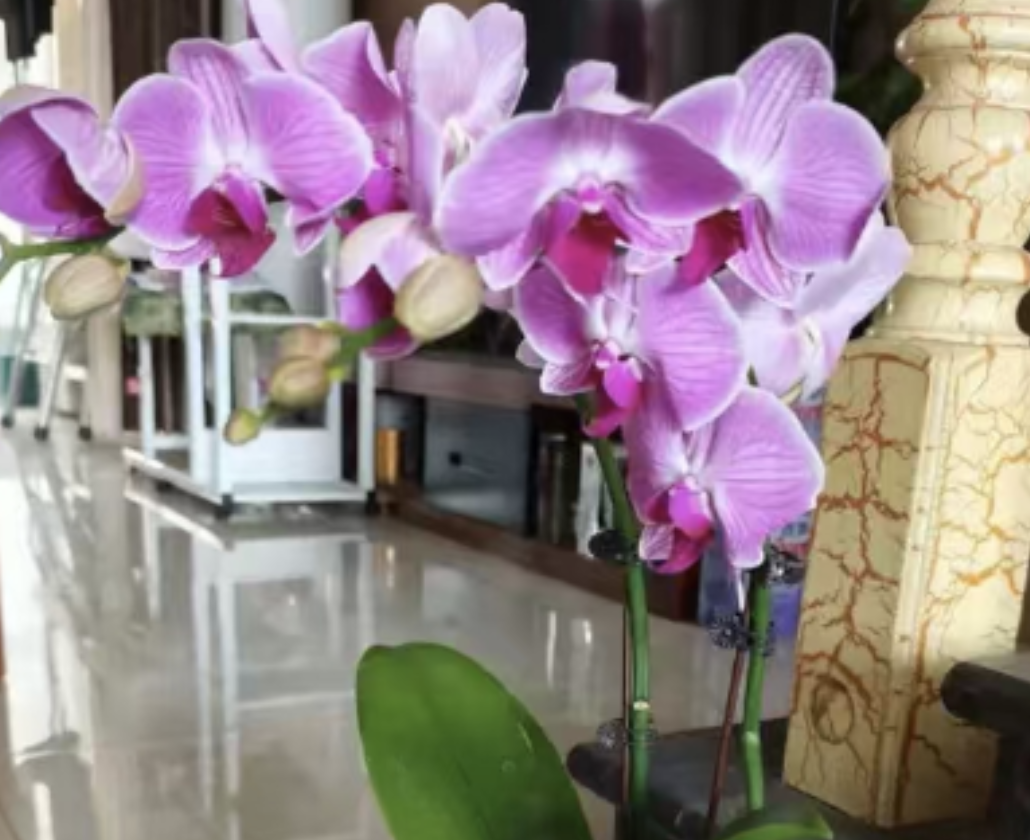Rhododendrons and camellias are beloved ornamental plants, but their soil requirements can be daunting for many gardening enthusiasts. These two types of flowers are quite picky about soil. Once the soil lacks nutrients or has poor drainage, it may lead to poor growth and even affect flowering. Today, let's learn a simple and highly effective soil mixing method to easily solve this problem.
Rhododendrons prefer acidic soil, and a pH value between 4.5 and 6.0 is most suitable. They like soil rich in humus. Such soil can not only provide sufficient nutrients for rhododendrons but also maintain good air permeability and water retention. In addition, rhododendrons have high requirements for drainage to avoid root rot caused by waterlogging.
Camellias also like slightly acidic soil environments, and a pH value between 5.5 and 6.5 is most suitable. It requires loose and fertile soil rich in organic matter and good drainage to ensure the healthy growth of roots. The roots of camellias are relatively sensitive, so the content of salt and heavy metals in the soil must be controlled at a low level.
For these soil requirements of rhododendrons and camellias, we can try a simple and effective mixed planting material ratio to meet their growth needs. The following is a basic formula that you can adjust according to the actual situation:
Material preparation:
Decayed leaf soil: 50%. Decayed leaf soil is formed by the decomposition of organic matter such as fallen leaves in nature. It is rich in humus and microorganisms, acidic, and very suitable for rhododendrons and camellias.
Perlite or vermiculite: 20%. Both of these materials have good air permeability and drainage, which can prevent waterlogging in the soil and protect the roots from damage.
Pine needle soil or pine bark: 15%. Pine needle soil or pine bark contains rich acidic substances and trace elements, which can adjust the soil pH and increase the air permeability of the soil.
River sand or fine stones: 10%. River sand or fine stones can further enhance the drainage of the soil and ensure a dry and breathable root environment.
- 腐熟有机肥:5% (optional). Adding an appropriate amount of 腐熟有机肥 can provide long-term nutrients for the soil and promote the growth of flowers.
Mixing steps:
Mix all materials evenly according to the ratio to ensure that each component is fully integrated. Check the humidity of the mixed soil and keep it slightly moist, neither too dry nor too wet. Before planting, you can lay a layer of ceramsite or broken tiles at the bottom of the pot to enhance drainage. Fill the flower pot with the mixed soil and leave a certain space for planting flowers.
Daily maintenance:
Loosen the soil regularly: Use a slender tool to gently turn the soil surface at regular intervals to keep the soil loose and breathable.
Water reasonably: Follow the watering principle of "water when dry and stop when wet" to avoid waterlogging. Rhododendrons and camellias require a large amount of water during the growing period, but watering should be reduced after entering the dormant period.
Apply fertilizer timely: During the growing period, a thin 腐熟 liquid fertilizer or compound fertilizer can be applied once a month to meet the nutrient needs of flowers.
Adjust lighting: Both rhododendrons and camellias like semi-shady environments and avoid long-term exposure to strong sunlight. The light intensity and time can be adjusted according to seasonal changes.
Through the above methods, you can easily create the most suitable soil environment for rhododendrons and camellias to grow.
What kind of soil is needed to grow rhododendrons and camellias well?

Share with
Tagged in :




Leave a Reply